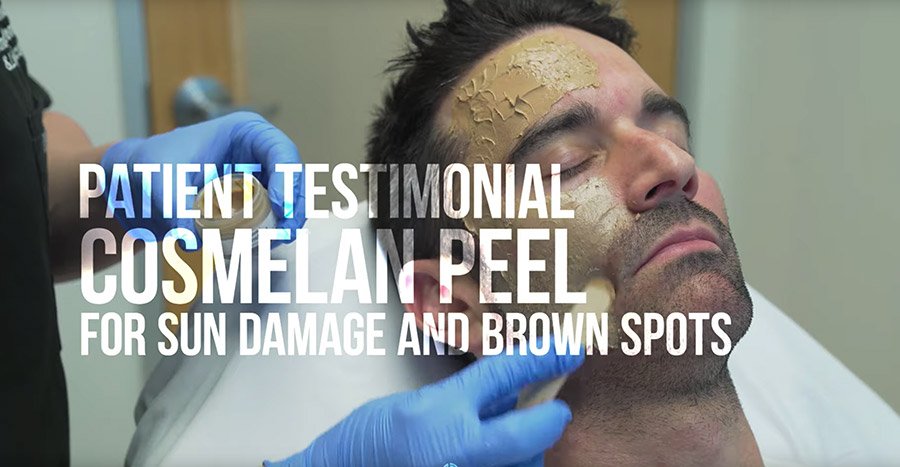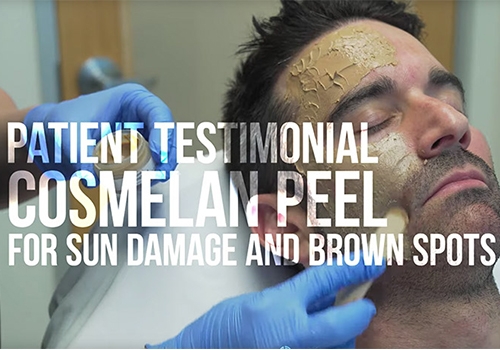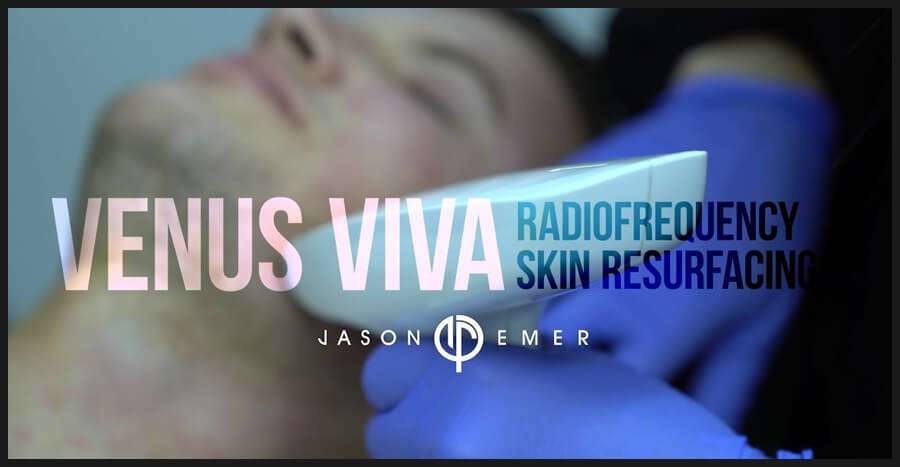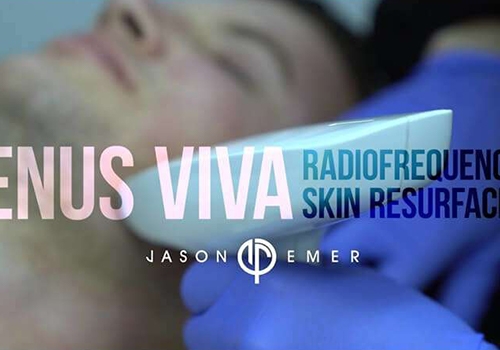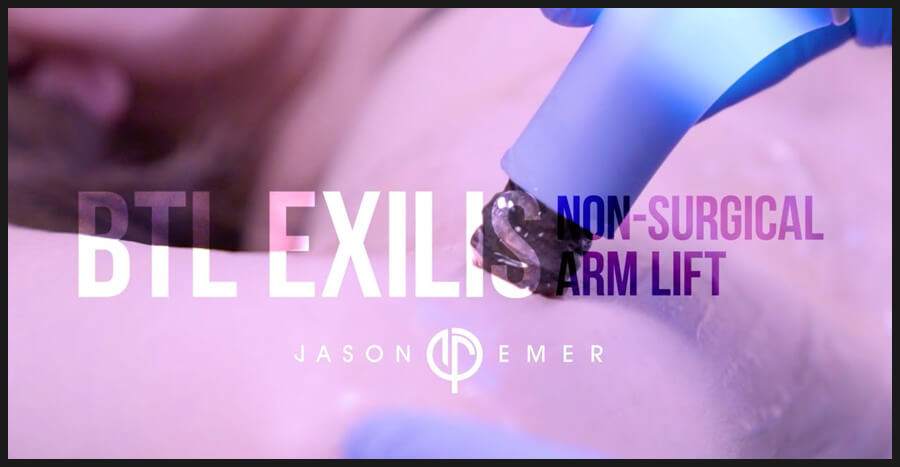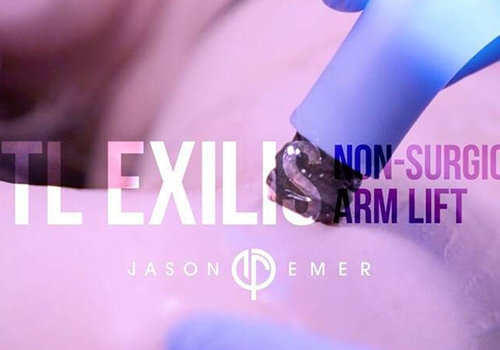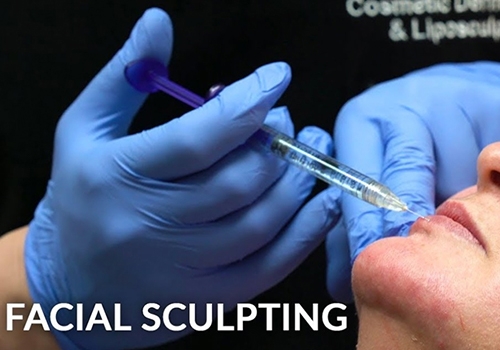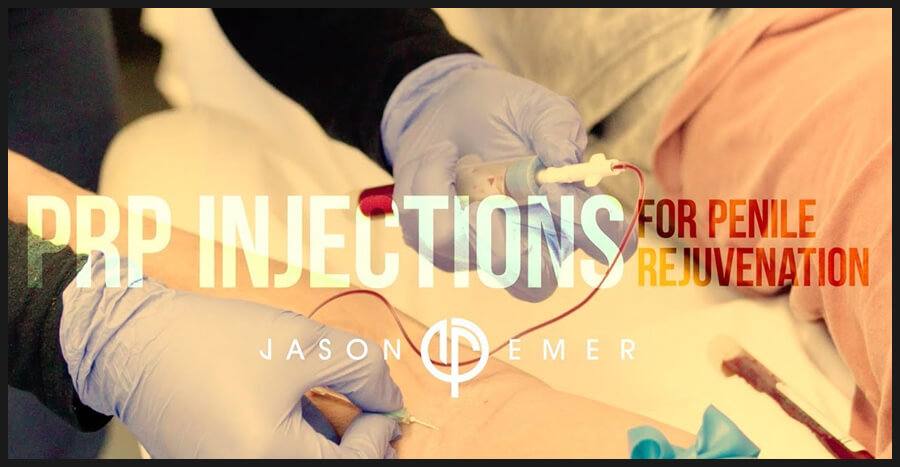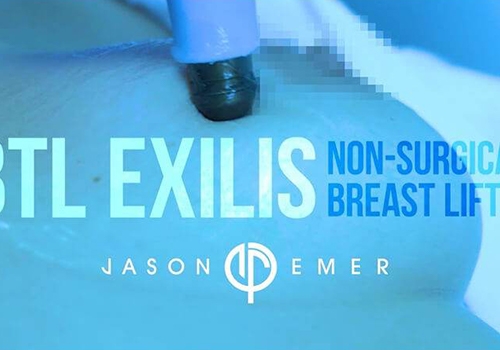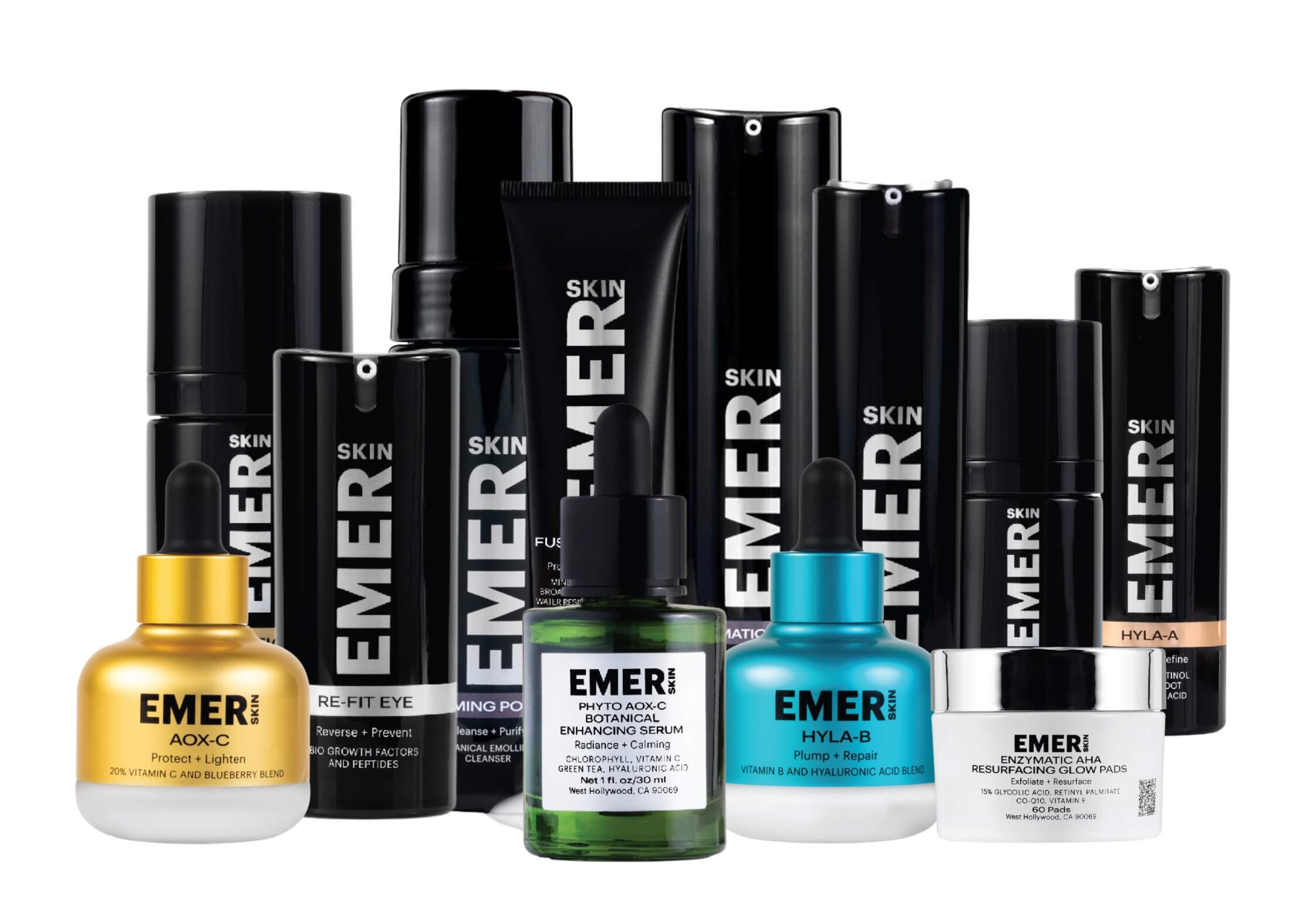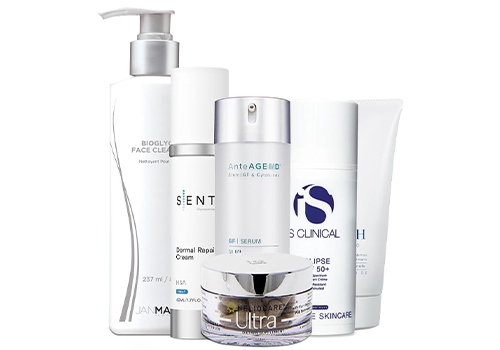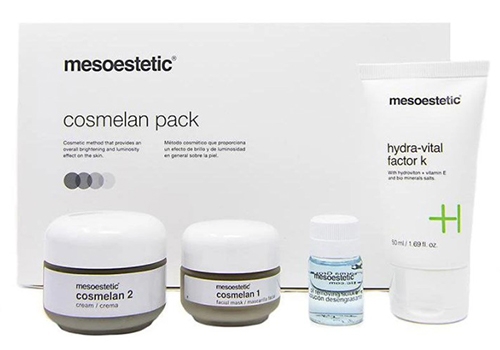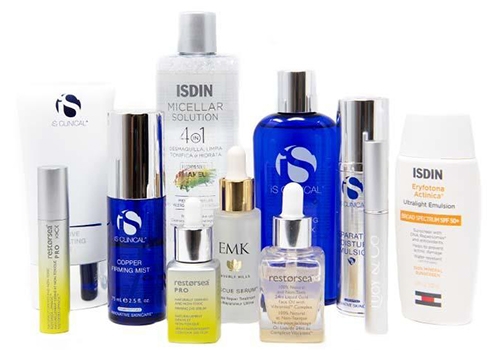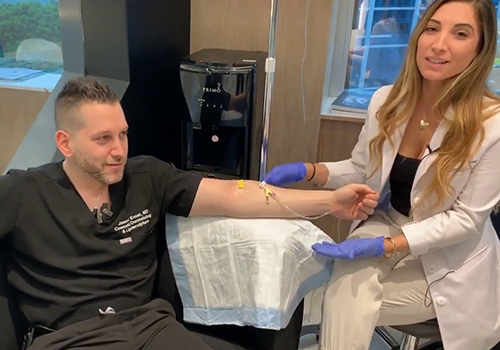hyperbaric oxygen therapy
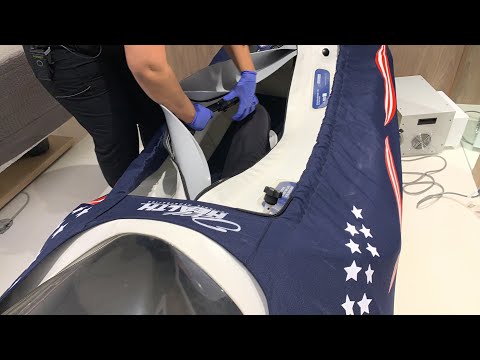
what is hyperbaric oxygen therapy?
Hyper means increased, and baric refers to pressure. Hyperbaric oxygen therapy, which consists of breathing 100% oxygen under a higher atmospheric pressure than usual, is utilized in the treatment of several different conditions and illnesses. By increasing circulation and oxygenation in all body tissues, HBOT helps to repair damaged blood vessels, reduce inflammation and speed up the recovery process. In patients who are treated after a surgical trauma, HBOT stimulates the growth of new blood vessels that assist in bringing more oxygen to the cells of the damaged tissue. This supplies the nourishment necessary for wound healing which in turn, leads to a speedier recovery overall.
BENEFITS
For patients who follow the recommended treatments, hyperbaric oxygen therapy can speed up the healing process exponentially.
5 key benefits of hyperbaric oxygen therapy include:
- Increases oxygenation to the body’s tissues
- Increase blood flow and circulation
- Boosts white blood cell counts
- Enhances the effectiveness of antibiotics
- Reduce swelling, inflammation, and pain
HYPERBARIC OXYGEN THERAPY USES
COSMETIC PROCEDURES
Hyperbaric chambers are used to speed up the recovery process post-cosmetic surgeries including hi-definition body contouring with liposuction, breast augmentations, face lifts, chemical peels, and laser treatments. Hyperbaric oxygen, with its miraculous wound-healing properties, has progressed the cosmetic surgery industry and allowed for enhanced results in addition to rapid recovery post-procedure. This recovery method can shorten the downtime for a patient, improve circulation, reduce swelling and pain and can even improve aesthetic results.
HEALTH & WELLNESS
Some common uses of the chambers is to treat diabetic foot ulcers, where bone, muscle or tendon may be exposed. Hyperbaric treatments can also help treat certain infections, failing grafts or flaps, decompression sickness (bends), thermal burns and more. Patients who have had certain cancers and have undergone radiation treatments can also benefit, as can those with radionecrosis – damage to tissue caused by exposure to radiation.
SPORTS INJURIES
Since hyperbaric oxygen has been shown to reduce the inflammatory response (swelling) associated with soft tissue injury, hyperbaric oxygen therapy has become increasingly popular among professional athletes seeking to shorten the recuperation period following injury. The pressurized chamber in which athletes breathe pure oxygen, allows up to a tenfold increase in the oxygen level of the blood plasma and hemoglobin, which in turn, stimulates new blood vessel formation in the tissues.
Furthermore, the elevated oxygen levels inside the chamber help athletes increase performance and recover more quickly after a rigorous workout or training session. Although not widely known, many professional athletes and teams have hyperbaric chambers available to reduce the “downtime” after soft-tissue sports injuries.
HYPERBARIC OXYGEN THERAPY USES
The patient will comfortably lie inside a hyperbaric chamber for 90-120 minutes per day during treatment and many patients begin with 20 treatments. Treatments may be extended further, depending on the progression of the wound and/or complications. The chamber is pressurized with 100% oxygen to the equivalent of diving 33 to 45 feet below sea level.
This increase in pressure allows more oxygen to be dissolved into the plasma (up to 10 to 20 times more than normal), whereas, the air we normally breathe is about 21% oxygen. Patients in a hyperbaric chamber are breathing roughly 200% to 240% oxygen. Most patients watch movies, listen to music or simply sleep during the treatments.
JASON EMER, MD - F.A.A.D
The profound effect of hyperbaric oxygen therapy on healing and recovery is undeniable. After sessions in oxygen chamber following surgery, my patients have experienced a substantial reduction in pain and swelling which helps to speed up the healing process. Further, many patients have reported less pain and discomfort associated with injury than those who did not undergo hyperbaric oxygen therapy.

